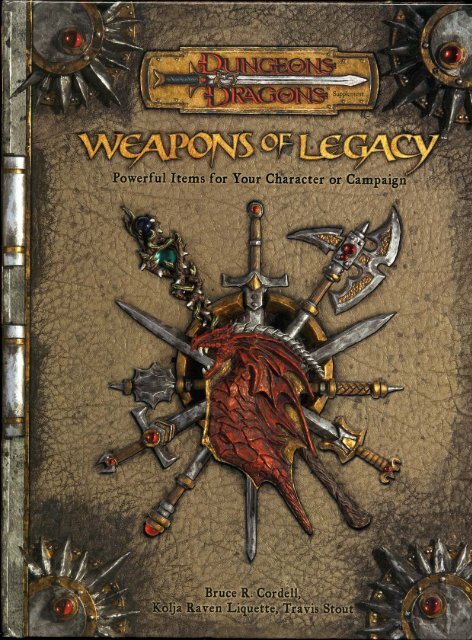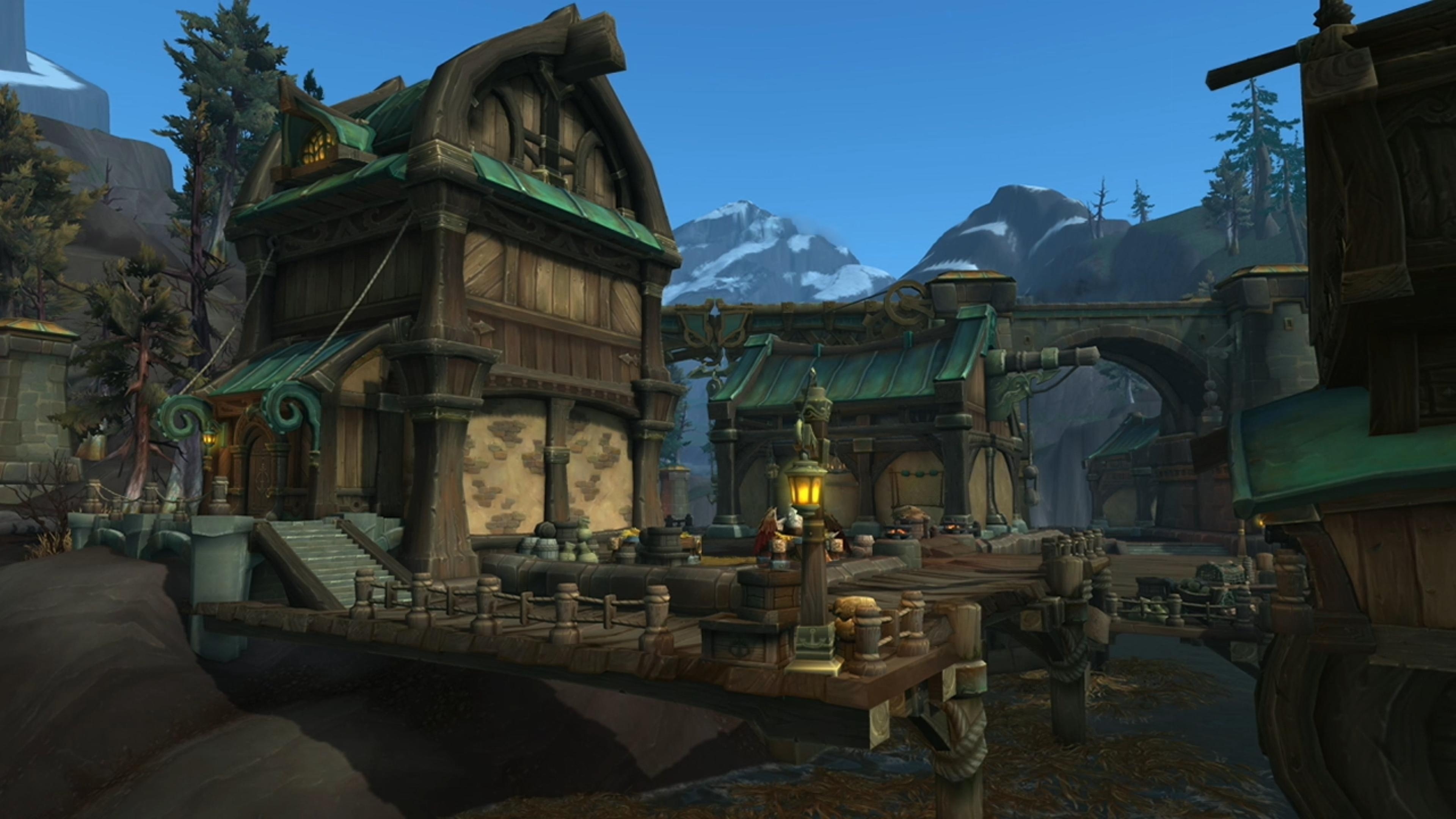- Iron Flask Wondrous Item Legendary Dmg 1783
- Iron Flask Wondrous Item Legendary Dmg 1789
- Iron Flask Wondrous Item Legendary Dmg 178 List
- Iron Flask Wondrous Item Legendary Dmg 1787
- Iron Flask Wondrous Item Legendary Dmg 178 Download

Iron Flask Wondrous Item Legendary Dmg 1783
Errata for the First and Second prints of the Dungeon Masters Guide in May 1979, and incorporated all at once into the Third print (Revised print, Dec 1979). These changes originally appeared in Dragon Magazine #35; some additional changes (not listed in that article) have been noted since then, and are included here. Dismiss Join GitHub today. GitHub is home to over 40 million developers working together to host and review code, manage projects, and build software together. This iron bottle has a brass stopper. You can use an action to speak the flask’s command word, targeting a creature that you can see within 60 feet of you. If the target is native to a plane of existence other than the one you’re on, the target must succeed on a DC 17 Wisdom saving throw or be trapped in the flask.

You can use an action to remove the flask's stopper and release the creature the flask contains. The creature is friendly to you and your companions for 1 hour and obeys your commands for that Duration. If you give no commands or give it a Command that is likely to result in its death, it defends itself but otherwise takes no Actions. At the end of the Duration, the creature acts in accordance with its normal disposition and Alignment.
An Identify spell reveals that a creature is inside the flask, but the only way to determine the type of creature is to open the flask. A newly discovered bottle might already contain a creature chosen by the DM or determined randomly.
d100 — Contents:
01-50 — Empty
51 — Arcanaloth
52 — Cambion
53-54 — Dao
55-57 — Demon (type 1)
58-60 — Demon (type 2)
61-62 — Demon (type 3)
63-64 — Demon (type 4)
65 — Demon (type 5)
66 — Demon (type 6)
67 — Deva
68-69 — Devil (greater)
70-72 — Devil (lesser)
73-74 — Djinni
75-76 — Efreeti
77-78 — Elemental (any)
79 — Githyanki Knight
80 — Githzerai Zerth
81-82 — Invisible Stalker
83-84 — Marid
85-86 — Mezzoloth
87-88 — Night Hag
89-90 — Nycaloth
91 — Planetar
92-93 — Salamander
94-95 — Slaad (any)
96 — Solar
97-98 — Succubus/incubus
99 — Ultroloth
00 — Xorn
Iron Flask Wondrous Item Legendary Dmg 1789

Iron Flask Wondrous Item Legendary Dmg 178 List
This website exists thanks to the contribution of patrons on Patreon. If you find these tools helpful, please consider supporting this site. Even just disabling your adblocker will help (it's only text and plain image ads I promise). Question about the Iron Flask (5e) 5th Edition. So if a creature gets trapped inside the Iron Flask (DMG p. 178), are they aware of the passage of time, or is it just.
Iron Flask Wondrous Item Legendary Dmg 1787
Wondrous item, legendary
Iron Flask Wondrous Item Legendary Dmg 178 Download
This iron bottle has a brass stopper. You can use an action to speak the flask's command word, targeting a creature that you can see within 60 feet of you. If the target is native to a plane of existence other than the one you're on, the target must succeed on a DC 17 Wisdom saving throw or be trapped in the flask. If the target has been trapped by the flask before, it has advantage on the saving throw. Once trapped, a creature remains in the flask until released. The flask can hold only one creature at a time. A creature trapped in the flask doesn't need to breathe, eat, or drink and doesn't age.
You can use an action to remove the flask's stopper and release the creature the flask contains. The creature is friendly to you and your companions for 1 hour and obeys your commands for that duration. If you give no commands or give it a command that is likely to result in its death, it defends itself but otherwise takes no actions. At the end of the duration, the creature acts in accordance with its normal disposition and alignment.
An identify spell reveals that a creature is inside the flask, but the only way to determine the type of creature is to open the flask. A newly discovered bottle might already contain a creature chosen by the GM or determined randomly.